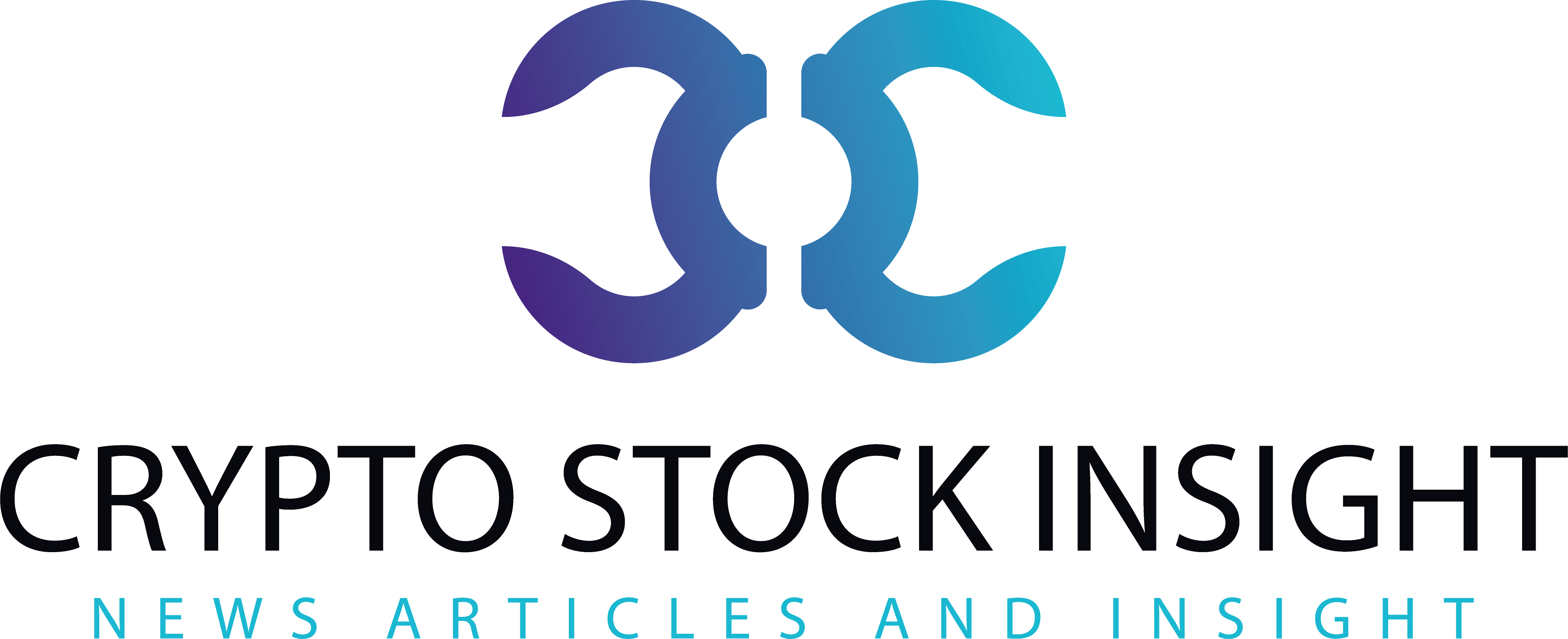The healthcare sector has long been viewed as a defensive cornerstone within many investment portfolios. However, global health crises, like the COVID-19 pandemic, have tested this resilience, highlighting the sector’s vulnerability but also its immense potential for innovation and growth. In this context, healthcare indices have served as barometers for investor sentiment and sector performance, reflecting the pressures and opportunities that come with unprecedented health challenges.
Healthcare Indices: The Market’s Pulse on Health
Healthcare indices, such as the S&P Health Care Sector Index or the NASDAQ Biotechnology Index, track the performance of companies involved in healthcare and related industries. These include pharmaceuticals, biotech firms, medical device manufacturers, and healthcare service providers.
Navigating the Storm of a Health Crisis
During a global health crisis, healthcare indices can experience significant volatility as investors react to the rapid pace of developments. This volatility often mirrors the broader market’s response to the crisis but can be more pronounced due to the direct impacts on the healthcare sector.
Investing in Solutions: Healthcare’s Frontline Role
Pharmaceutical and biotech companies often become the focus of attention during a health crisis as the race for treatments and vaccines heats up. Such periods can lead to surges in stock prices for companies at the forefront of research and development, potentially benefiting the respective healthcare indices.
The Ripple Effects on Healthcare Services
While certain segments within healthcare may thrive, others, like elective surgical services and routine healthcare, may face downturns due to resource reallocation and patient hesitancy during a crisis. This divergence within the sector can create a complex performance landscape for healthcare indices.
The Drive Toward Digital Health
Crises have a way of accelerating change, and this has been especially true for digital health solutions. Telehealth, health informatics, and remote patient monitoring have seen significant growth, influencing the performance of healthcare indices that include companies offering these innovative services.
The Long Game: Research and Development
Health crises underscore the importance of continued investment in research and development. Indices that track companies with robust R&D pipelines may indicate the sector’s future direction and its preparedness for upcoming health challenges.
Global Health Crises and Policy Implications
The regulatory environment can significantly affect healthcare indices during global health crises. Policies related to drug approvals, pricing, and healthcare accessibility can sway the performance of healthcare stocks and, by extension, the indices they comprise.
The Investment Horizon: Adapting to New Normals
Investors eyeing healthcare indices must consider the long-term implications of global health developments. While the sector may face near-term challenges, the fundamental demand for healthcare and the continuous innovation cycle suggest a strong long-term outlook.
Conclusion: A Vital Sector in the Spotlight
Healthcare indices serve as a crucial gauge for understanding how global health crises impact the financial markets and investor strategies. While navigating these turbulent waters requires vigilance, healthcare’s essential role in society and its capacity for innovation offer a compelling narrative for long-term investment.
For further exploration of healthcare investment and innovation:




 AGF-B.CO
AGF-B.CO